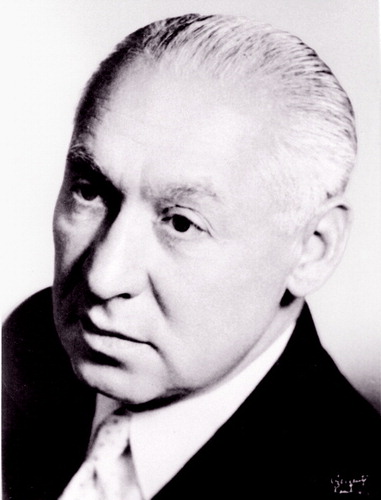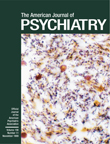Ladislas J. Meduna, M.D. 1896–1964
On Jan. 23, 1934, Ladislas J. Meduna, a Hungarian neuropathologist, induced an epileptic seizure in a 33-year-old man with catatonic schizophrenia. After five more seizures in 3 weeks, the psychosis was relieved. The concept of an antagonism between epilepsy and schizophrenia developed when Meduna found greater concentrations of brain glia in patients with epilepsy than in those with schizophrenia (1). His monograph Die Konvulsionstherapie der Schizophrenie(2) described the recovery of more than half of 110 schizophrenic patients with seizures induced by pentylenetetrazol (Metrazol). By 1936, pentylenetetrazol-induced seizures were in use throughout the world, and they were later replaced by electrical inductions.
Meduna received his medical degree in Budapest in 1922 and obtained a position at the Interacademic Brain Research Institute. He wrote a landmark monograph on the anatomy and pathology of the pineal gland before he turned to clinical research.
In 1938, Meduna emigrated to become Professor of Neurology at Loyola University in Chicago. After the war he continued his research at the Illinois Psychiatric Institute and the private practice of psychiatry until his death in 1964.
He reported insulin tolerance and abnormal glucose metabolism in schizophrenic patients. Seeking an alternative to electroshock, he experimented with CO2 inhalations. While these did not help his psychotic patients, the inhalations often relieved the obsessive ruminations of neurotic patients. He published a monograph on dream and fugue states in psychosis in Oneirophrenia: The Confusional State(3).
Meduna served as president of the Society of Biological Psychiatry in 1953. An independent and proud man, he was methodical and rigorous in his science. He left the legacy of convulsive therapy (4), the most effective and broadest treatment for the severely mentally ill in use today.
Dr. Fink, Department of Psychiatry, School of Medicine, State University of New York at Stony Brook, P.O. Box 457, St. James, NY 11780.

Ladislas JMeduna, M.D..
1. Meduna L: Autobiography. Convuls Ther 1985; 1:43–57; 121–135Medline, Google Scholar
2. Meduna LJ: Die Konvulsionstherapie der Schizophrenie. Halle, Germany, Carl Marhold, 1937Google Scholar
3. Meduna LJ: Oneirophrenia: The Confusional State. Urbana, University of Illinois Press, 1950Google Scholar
4. Fink M: Meduna and the origins of convulsive therapy. Am J Psychiatry 1984; 141:1034–1041; correction, 141:1648Google Scholar



